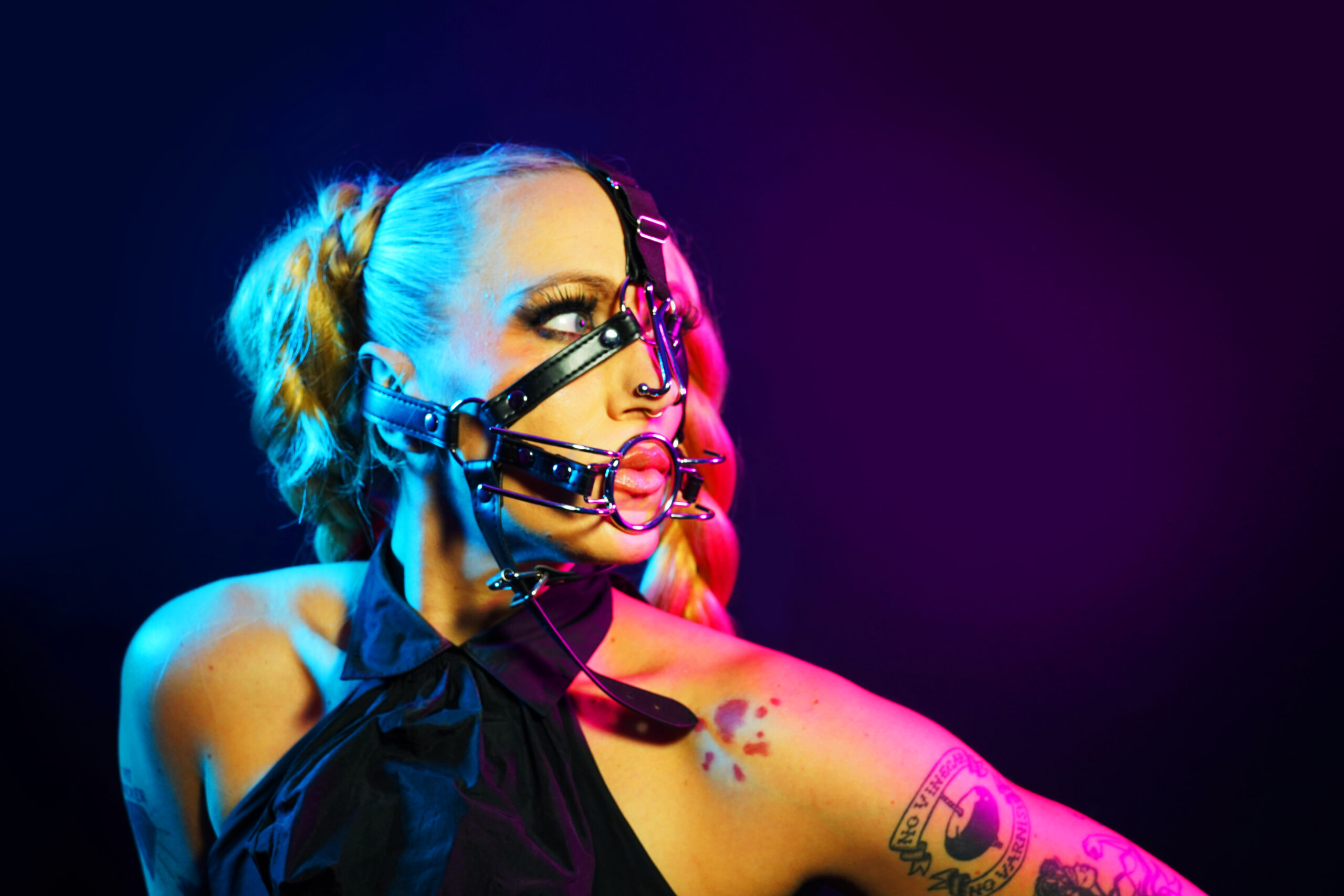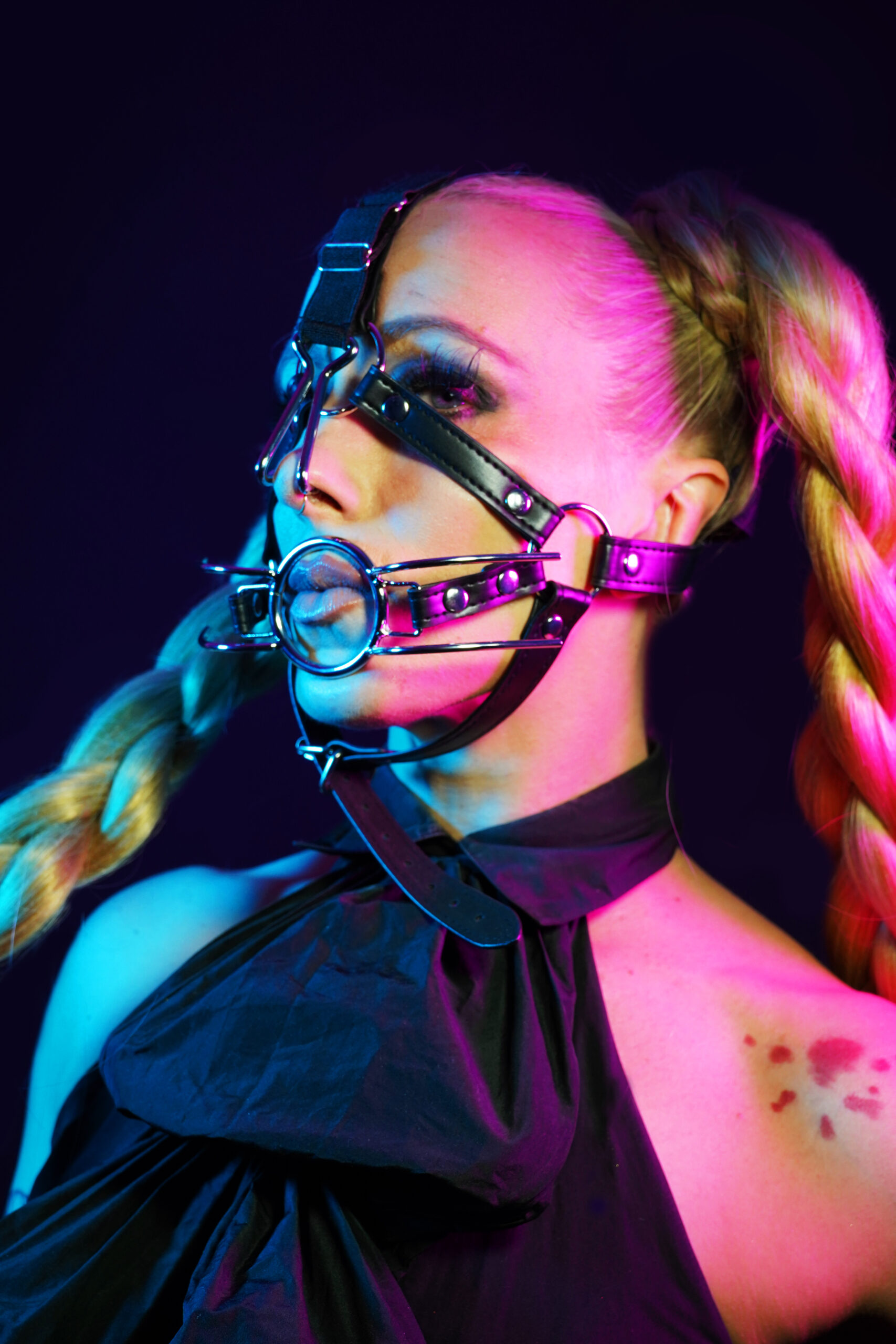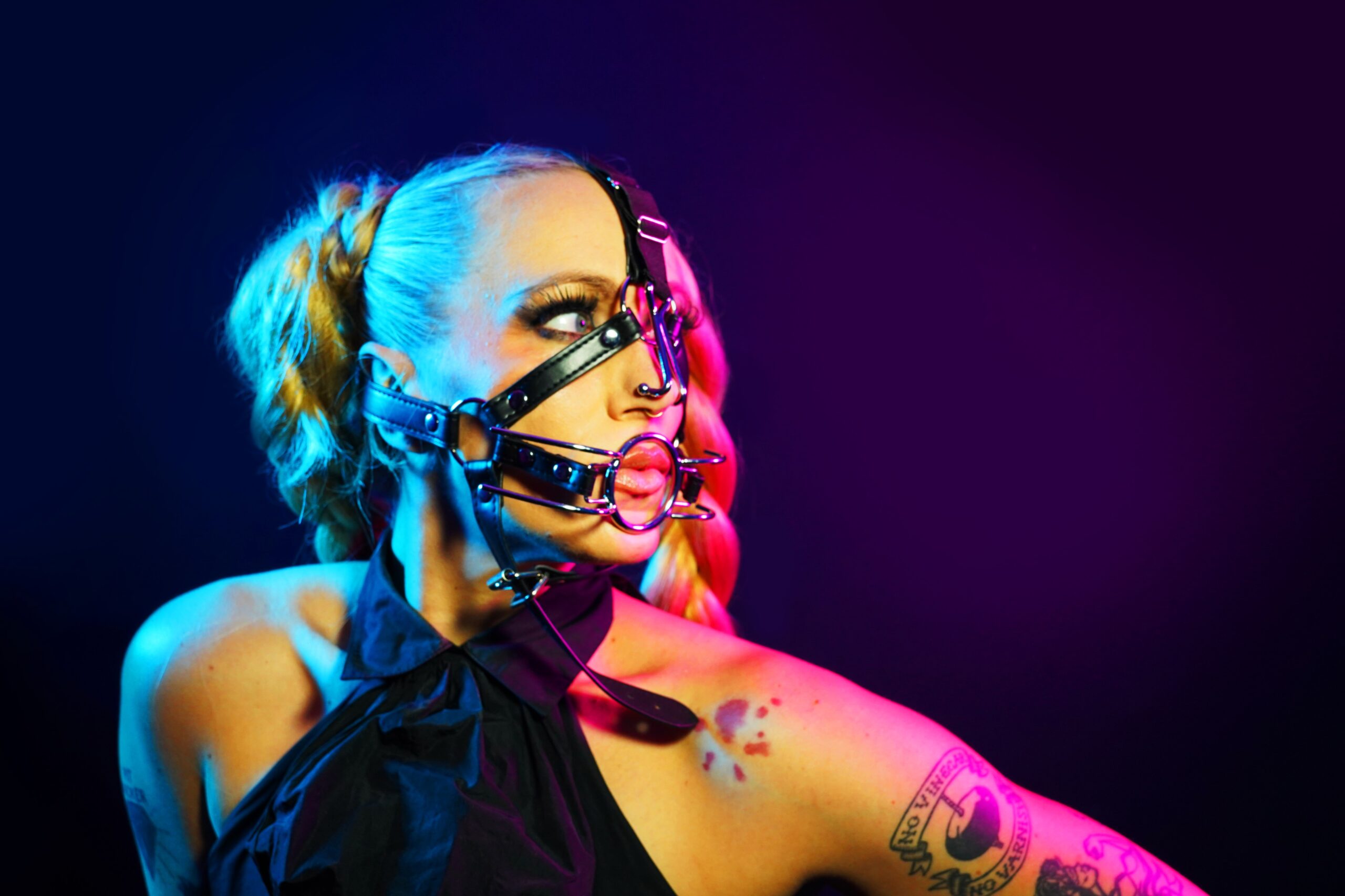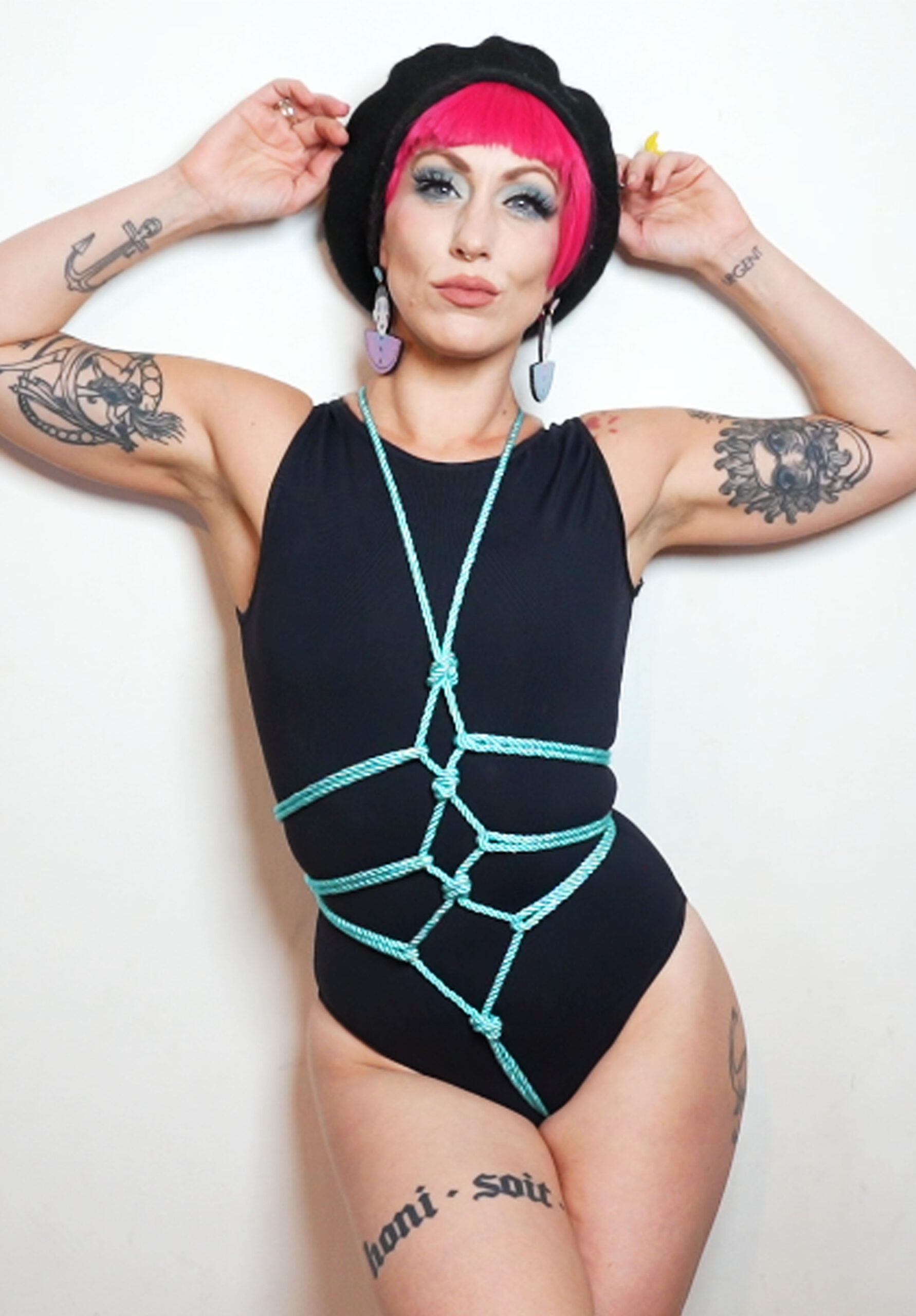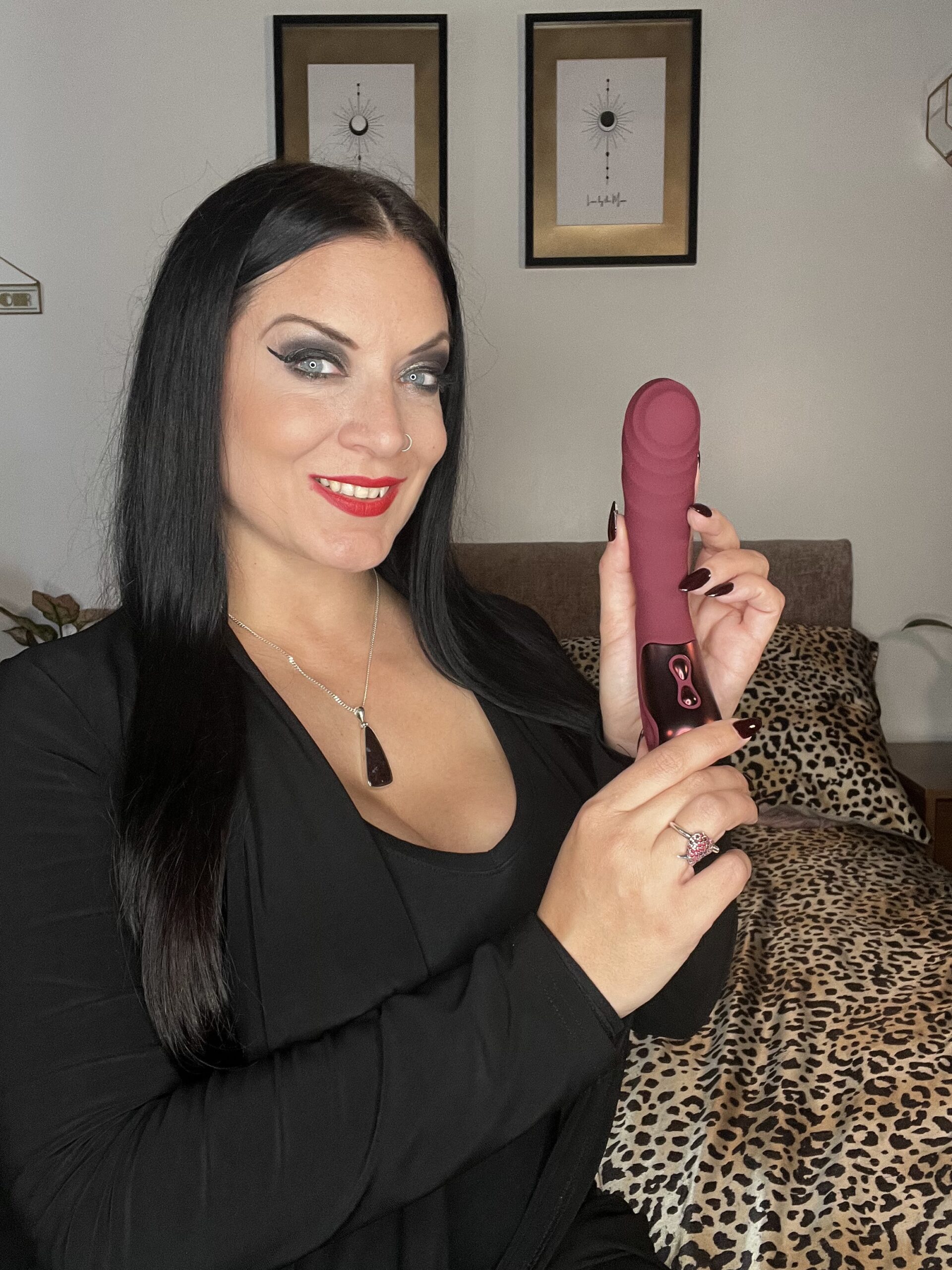Reciprocal Attraction And Its Role In Building Meaningful Bonds

Reciprocal Attraction: The Foundation of Connection
Reciprocal attraction, the delightful dance of mutual interest, forms the bedrock of any meaningful connection. It’s the spark that ignites initial interest, fuels deeper engagement, and ultimately fosters lasting bonds. Whether in romantic relationships, friendships, or professional collaborations, the presence of reciprocal attraction is essential for cultivating a sense of belonging, shared understanding, and genuine intimacy.
Mutual Interest and Appreciation
The foundation of any strong connection lies in reciprocal attraction – a harmonious exchange where two individuals find themselves drawn to each other. This mutual interest transcends superficial qualities; it encompasses a deeper resonance on emotional, intellectual, or even spiritual levels. When both parties genuinely appreciate and admire the other’s unique attributes, it creates a magnetic pull that propels the relationship forward.
This reciprocal appreciation fuels ongoing engagement. Conversations flow effortlessly, shared experiences become cherished memories, and individuals feel comfortable expressing their authentic selves. The presence of reciprocal attraction fosters a sense of security and validation, allowing both parties to flourish individually while strengthening the bond they share.
Shared Values and Goals
Beyond initial interest, reciprocal attraction plays a pivotal role in aligning values and goals. When two individuals find common ground in their beliefs, aspirations, and life perspectives, it strengthens the foundation of their connection. Shared values provide a framework for understanding each other’s motivations and decisions, fostering trust and mutual respect.
Furthermore, aligned goals create a sense of purpose and direction within the relationship. Whether it’s working towards common dreams, supporting each other’s ambitions, or simply enjoying shared experiences, having a sense of collective purpose deepens the bond and creates lasting fulfillment.
Emotional Resonance and Empathy
Reciprocal attraction, the delightful dance of mutual interest, forms the bedrock of any meaningful connection. It’s the spark that ignites initial interest, fuels deeper engagement, and ultimately fosters lasting bonds. Whether in romantic relationships, friendships, or professional collaborations, the presence of reciprocal attraction is essential for cultivating a sense of belonging, shared understanding, and genuine intimacy.
The foundation of any strong connection lies in reciprocal attraction – a harmonious exchange where two individuals find themselves drawn to each other. This mutual interest transcends superficial qualities; it encompasses a deeper resonance on emotional, intellectual, or even spiritual levels. When both parties genuinely appreciate and admire the other’s unique attributes, it creates a magnetic pull that propels the relationship forward.
This reciprocal appreciation fuels ongoing engagement. Conversations flow effortlessly, shared experiences become cherished memories, and individuals feel comfortable expressing their authentic selves. The presence of reciprocal attraction fosters a sense of security and validation, allowing both parties to flourish individually while strengthening the bond they share. lace fetish stockings UK
Beyond initial interest, reciprocal attraction plays a pivotal role in aligning values and goals. When two individuals find common ground in their beliefs, aspirations, and life perspectives, it strengthens the foundation of their connection. Shared values provide a framework for understanding each other’s motivations and decisions, fostering trust and mutual respect.
Furthermore, aligned goals create a sense of purpose and direction within the relationship. Whether it’s working towards common dreams, supporting each other’s ambitions, or simply enjoying shared experiences, having a sense of collective purpose deepens the bond and creates lasting fulfillment.
The Dynamics of Reciprocity
Reciprocal attraction is the cornerstone of meaningful connections. It sparks initial interest, drives deeper engagement, and ultimately builds lasting bonds. Whether in romantic relationships, friendships, or professional collaborations, the presence of mutual attraction fosters a sense of belonging, shared understanding, and genuine intimacy.
Initial Attraction and the Spark
Reciprocal attraction is the cornerstone of meaningful connections. It sparks initial interest, drives deeper engagement, and ultimately builds lasting bonds. Whether in romantic relationships, friendships, or professional collaborations, the presence of mutual attraction fosters a sense of belonging, shared understanding, and genuine intimacy.
The foundation of any strong connection lies in reciprocal attraction – a harmonious exchange where two individuals find themselves drawn to each other. This mutual interest transcends superficial qualities; it encompasses a deeper resonance on emotional, intellectual, or even spiritual levels. When both parties genuinely appreciate and admire the other’s unique attributes, it creates a magnetic pull that propels the relationship forward.
This reciprocal appreciation fuels ongoing engagement. Conversations flow effortlessly, shared experiences become cherished memories, and individuals feel comfortable expressing their authentic selves. The presence of reciprocal attraction fosters a sense of security and validation, allowing both parties to flourish individually while strengthening the bond they share.
Beyond initial interest, reciprocal attraction plays a pivotal role in aligning values and goals. When two individuals find common ground in their beliefs, aspirations, and life perspectives, it strengthens the foundation of their connection. Shared values provide a framework for understanding each other’s motivations and decisions, fostering trust and mutual respect.

Furthermore, aligned goals create a sense of purpose and direction within the relationship. Whether it’s working towards common dreams, supporting each other’s ambitions, or simply enjoying shared experiences, having a sense of collective purpose deepens the bond and creates lasting fulfillment.
The Dance of Give and Take
Reciprocal attraction is the cornerstone of meaningful connections. It sparks initial interest, drives deeper engagement, and ultimately builds lasting bonds. Whether in romantic relationships, friendships, or professional collaborations, the presence of mutual attraction fosters a sense of belonging, shared understanding, and genuine intimacy.
The foundation of any strong connection lies in reciprocal attraction – a harmonious exchange where two individuals find themselves drawn to each other. This mutual interest transcends superficial qualities; it encompasses a deeper resonance on emotional, intellectual, or even spiritual levels. When both parties genuinely appreciate and admire the other’s unique attributes, it creates a magnetic pull that propels the relationship forward.
This reciprocal appreciation fuels ongoing engagement. Conversations flow effortlessly, shared experiences become cherished memories, and individuals feel comfortable expressing their authentic selves. The presence of reciprocal attraction fosters a sense of security and validation, allowing both parties to flourish individually while strengthening the bond they share.
Beyond initial interest, reciprocal attraction plays a pivotal role in aligning values and goals. When two individuals find common ground in their beliefs, aspirations, and life perspectives, it strengthens the foundation of their connection. Shared values provide a framework for understanding each other’s motivations and decisions, fostering trust and mutual respect.
- This alignment creates a sense of harmony and unity within the relationship.
- It allows individuals to support each other’s growth and navigate life’s challenges together with greater ease.
Furthermore, aligned goals create a sense of purpose and direction within the relationship. Whether it’s working towards common dreams, supporting each other’s ambitions, or simply enjoying shared experiences, having a sense of collective purpose deepens the bond and creates lasting fulfillment.
Reinforcement and Escalation of Attraction
Reciprocal attraction is the cornerstone of meaningful connections. It sparks initial interest, drives deeper engagement, and ultimately builds lasting bonds. wand attachments Whether in romantic relationships, friendships, or professional collaborations, the presence of mutual attraction fosters a sense of belonging, shared understanding, and genuine intimacy.
The foundation of any strong connection lies in reciprocal attraction – a harmonious exchange where two individuals find themselves drawn to each other. This mutual interest transcends superficial qualities; it encompasses a deeper resonance on emotional, intellectual, or even spiritual levels. When both parties genuinely appreciate and admire the other’s unique attributes, it creates a magnetic pull that propels the relationship forward.

This reciprocal appreciation fuels ongoing engagement. Conversations flow effortlessly, shared experiences become cherished memories, and individuals feel comfortable expressing their authentic selves. The presence of reciprocal attraction fosters a sense of security and validation, allowing both parties to flourish individually while strengthening the bond they share. soft silicone feel
Beyond initial interest, reciprocal attraction plays a pivotal role in aligning values and goals. When two individuals find common ground in their beliefs, aspirations, and life perspectives, it strengthens the foundation of their connection. Shared values provide a framework for understanding each other’s motivations and decisions, fostering trust and mutual respect.
- This alignment creates a sense of harmony and unity within the relationship.
- It allows individuals to support each other’s growth and navigate life’s challenges together with greater ease.
Furthermore, aligned goals create a sense of purpose and direction within the relationship. Whether it’s working towards common dreams, supporting each other’s ambitions, or simply enjoying shared experiences, having a sense of collective purpose deepens the bond and creates lasting fulfillment.
Cultivating Reciprocal Attraction
Reciprocal attraction is the cornerstone of meaningful connections. It sparks initial interest, drives deeper engagement, and ultimately builds lasting bonds. Whether in romantic relationships, friendships, or professional collaborations, the presence of mutual attraction fosters a sense of belonging, shared understanding, and genuine intimacy.
Being Authentic and Genuine
Reciprocal attraction is the foundation of any meaningful connection. It’s the spark that ignites initial interest and fuels deeper engagement, ultimately leading to lasting bonds. Whether in romantic relationships, friendships, or professional collaborations, reciprocal attraction is essential for cultivating a sense of belonging, shared understanding, and genuine intimacy.
This mutual admiration transcends superficial qualities; it delves into the emotional, intellectual, and even spiritual realms. When both parties genuinely appreciate and admire each other’s unique attributes, a magnetic pull emerges, propelling the relationship forward.
This appreciation fosters ongoing engagement. Conversations flow effortlessly, shared experiences become cherished memories, and individuals feel comfortable expressing their authentic selves. Reciprocal attraction creates a sense of security and validation, allowing both parties to flourish individually while strengthening their bond.
Beyond initial interest, reciprocal attraction plays a crucial role in aligning values and goals. When two individuals share common ground in their beliefs, aspirations, and life perspectives, the foundation of their connection becomes stronger. Shared values provide a framework for understanding each other’s motivations and decisions, fostering trust and mutual respect.
Furthermore, aligned goals create a sense of purpose and direction within the relationship. Whether it’s working towards common dreams, supporting each other’s ambitions, or simply enjoying shared experiences, having a sense of collective purpose deepens the bond and creates lasting fulfillment.
Expressing Interest and Enthusiasm
Expressing interest and enthusiasm is crucial for cultivating reciprocal attraction. It signals to the other person that you are engaged, receptive, and genuinely interested in getting to know them better.
Start by actively listening to what they have to say. Show genuine curiosity about their thoughts, experiences, and passions. Ask thoughtful questions that demonstrate your interest in learning more about them.
Share your own thoughts and feelings openly and honestly. Let them see your authentic self and express your enthusiasm for the things you enjoy.
Body language plays a significant role as well. Make eye contact, smile, and maintain an open and approachable posture. sexy nipple accessories These nonverbal cues convey warmth and sincerity, making you appear more inviting and interesting.
Remember that expressing interest is a two-way street. Be attentive to the other person’s responses and reciprocate their enthusiasm. Engage in conversations that are mutually enjoyable and create a positive and encouraging atmosphere.
Showing Respect and Appreciation
Reciprocal attraction, the delightful dance of mutual interest, forms the bedrock of any meaningful connection. It’s the spark that ignites initial interest, fuels deeper engagement, and ultimately fosters lasting bonds. Whether in romantic relationships, friendships, or professional collaborations, the presence of reciprocal attraction is essential for cultivating a sense of belonging, shared understanding, and genuine intimacy.
The foundation of any strong connection lies in reciprocal attraction – a harmonious exchange where two individuals find themselves drawn to each other. This mutual interest transcends superficial qualities; it encompasses a deeper resonance on emotional, intellectual, or even spiritual levels. When both parties genuinely appreciate and admire the other’s unique attributes, it creates a magnetic pull that propels the relationship forward.
This reciprocal appreciation fuels ongoing engagement. Conversations flow effortlessly, shared experiences become cherished memories, and individuals feel comfortable expressing their authentic selves. The presence of reciprocal attraction fosters a sense of security and validation, allowing both parties to flourish individually while strengthening the bond they share.
Beyond initial interest, reciprocal attraction plays a pivotal role in aligning values and goals. When two individuals find common ground in their beliefs, aspirations, and life perspectives, it strengthens the foundation of their connection. Shared values provide a framework for understanding each other’s motivations and decisions, fostering trust and mutual respect.
Furthermore, aligned goals create a sense of purpose and direction within the relationship. Whether it’s working towards common dreams, supporting each other’s ambitions, or simply enjoying shared experiences, having a sense of collective purpose deepens the bond and creates lasting fulfillment.
Barriers to Reciprocity
While reciprocal attraction forms the bedrock of meaningful connections, there can be barriers that hinder its development and growth. These barriers may stem from internal factors like insecurities, past experiences, or fear of vulnerability, or external factors such as cultural norms, societal expectations, or simply being in different life stages.
Miscommunication and Misinterpretations
While reciprocal attraction forms the bedrock of meaningful connections, there can be barriers that hinder its development and growth. These barriers may stem from internal factors like insecurities, past experiences, or fear of vulnerability, or external factors such as cultural norms, societal expectations, or simply being in different life stages.
- Miscommunication and misinterpretations can create distance and misunderstandings, making it harder to establish genuine connection.
- Unclear or conflicting signals can lead to confusion and frustration, preventing individuals from feeling secure and understood.
- Perceptions and judgments based on stereotypes or biases can cloud objectivity and hinder the ability to see the other person’s true qualities.
Unbalanced Expectations
While reciprocal attraction is essential for building meaningful connections, several barriers can hinder its development. These barriers often stem from a mismatch of expectations or a lack of transparency in communication.
-
Unbalanced Expectations: When individuals have vastly different expectations about the nature and pace of the relationship, it can create friction. One person may desire a deep emotional connection while the other seeks primarily casual companionship. This disparity can lead to disappointment and frustration.
Communication Gaps: Miscommunication or a lack of open and honest communication can prevent individuals from truly connecting. Failing to express needs, desires, or boundaries clearly can lead to misunderstandings, resentment, and a sense of emotional disconnect.
Insecurity and Self-Doubt
Barriers to Reciprocal Attraction
While reciprocal attraction is essential for building meaningful connections, several barriers can hinder its development. These barriers often stem from a mismatch of expectations or a lack of transparency in communication.
-
Unbalanced Expectations: When individuals have vastly different expectations about the nature and pace of the relationship, it can create friction. One person may desire a deep emotional connection while the other seeks primarily casual companionship. This disparity can lead to disappointment and frustration.
-
Communication Gaps: Miscommunication or a lack of open and honest communication can prevent individuals from truly connecting. Failing to express needs, desires, or boundaries clearly can lead to misunderstandings, resentment, and a sense of emotional disconnect.
Insecurity and self-doubt can also present significant obstacles to forming reciprocal connections. When an individual struggles with low self-esteem or fears rejection, they may hesitate to express their interest or vulnerability, preventing them from fully engaging in the process of building a connection.
These insecurities often stem from past experiences, negative self-beliefs, or societal pressures that emphasize unrealistic standards of beauty, success, or worthiness.
Overcoming these barriers requires conscious effort and self-compassion. Working through underlying insecurities, practicing open communication, and cultivating realistic expectations can pave the way for healthier and more fulfilling connections.
The Impact on Meaningful Bonds
Reciprocal attraction is the cornerstone of meaningful connections. cheap Fleshlight accessories UK It’s the spark that ignites initial interest, fuels deeper engagement, and ultimately builds lasting bonds. Whether in romantic relationships, friendships, or professional collaborations, the presence of mutual attraction fosters a sense of belonging, shared understanding, and genuine intimacy.
This mutual admiration transcends superficial qualities; it delves into the emotional, intellectual, and even spiritual realms. When both parties genuinely appreciate and admire each other’s unique attributes, a magnetic pull emerges, propelling the relationship forward.
This appreciation fuels ongoing engagement. Conversations flow effortlessly, shared experiences become cherished memories, and individuals feel comfortable expressing their authentic selves. Reciprocal attraction creates a sense of security and validation, allowing both parties to flourish individually while strengthening their bond.
Beyond initial interest, reciprocal attraction plays a pivotal role in aligning values and goals. When two individuals find common ground in their beliefs, aspirations, and life perspectives, it strengthens the foundation of their connection. Shared values provide a framework for understanding each other’s motivations and decisions, fostering trust and mutual respect.
Furthermore, aligned goals create a sense of purpose and direction within the relationship. Whether it’s working towards common dreams, supporting each other’s ambitions, or simply enjoying shared experiences, having a sense of collective purpose deepens the bond and creates lasting fulfillment.
Foundation of Trust and Intimacy
Reciprocal attraction is crucial for building meaningful connections. It forms the foundation of trust and intimacy, allowing individuals to connect on deeper levels.
Here’s how it impacts these fundamental aspects:
* **Foundation of Trust:** When both parties are genuinely interested in each other, they are more likely to be honest, open, and vulnerable. This fosters a sense of safety and security, essential for building trust.
* **Intimacy:** Reciprocal attraction creates a space where individuals feel comfortable sharing their thoughts, feelings, and experiences. This shared vulnerability deepens the emotional connection and builds intimacy.
Without reciprocal attraction, it’s difficult to cultivate these essential elements. A relationship may lack depth, authenticity, and the genuine connection that makes it fulfilling.
Strengthening Emotional Connection
Reciprocal attraction is the cornerstone of meaningful connections. It’s the spark that ignites initial interest, fuels deeper engagement, and ultimately fosters lasting bonds. Whether in romantic relationships, friendships, or professional collaborations, the presence of mutual attraction is essential for cultivating a sense of belonging, shared understanding, and genuine intimacy.
This mutual admiration transcends superficial qualities; it delves into the emotional, intellectual, and even spiritual realms. When both parties genuinely appreciate and admire each other’s unique attributes, a magnetic pull emerges, propelling the relationship forward.
This appreciation fuels ongoing engagement. Conversations flow effortlessly, shared experiences become cherished memories, and individuals feel comfortable expressing their authentic selves. Reciprocal attraction creates a sense of security and validation, allowing both parties to flourish individually while strengthening their bond.
Beyond initial interest, reciprocal attraction plays a pivotal role in aligning values and goals. When two individuals find common ground in their beliefs, aspirations, and life perspectives, it strengthens the foundation of their connection. Shared values provide a framework for understanding each other’s motivations and decisions, fostering trust and mutual respect.
Furthermore, aligned goals create a sense of purpose and direction within the relationship. Whether it’s working towards common dreams, supporting each other’s ambitions, or simply enjoying shared experiences, having a sense of collective purpose deepens the bond and creates lasting fulfillment.
Promoting Long-Term Relationship Sustainability
Reciprocal attraction is vital for building lasting connections in all aspects of life—from romantic relationships to friendships and professional collaborations. It fuels genuine intimacy, trust, and a sense of belonging.
Here’s how reciprocal attraction contributes to long-term relationship sustainability:
* **Mutual Respect:** When both individuals value and appreciate each other’s qualities, it fosters respect and consideration. They are more likely to treat each other with kindness, empathy, and understanding, even during disagreements.
* **Open Communication:** A foundation of mutual admiration encourages open and honest communication. Individuals feel safe expressing their thoughts and feelings without fear of judgment, leading to deeper understanding and connection.
* **Shared Experiences:** Reciprocal attraction makes individuals want to spend time together and create memories. Shared experiences, both big and small, strengthen the bond and provide a shared history that binds them closer.
* **Support System:** In times of need, people who reciprocally admire each other are more likely to offer support and encouragement. They become a source of strength and comfort for each other, weathering challenges together.
* **Growth and Development:** A supportive environment built on reciprocal attraction allows individuals to grow and evolve as individuals while strengthening their bond.
By nurturing mutual appreciation and admiration, relationships can thrive and build lasting connections.
Find Vibrators with Long-Lasting Battery Life
Find Realistic Vibrators with Advanced Customization Options
Get Vibrators in Eye-Catching and Functional Designs
Shop Mini Bullet Vibrators with Strong Vibrations
Explore Discreet Remote Vibrators with Advanced Settings
Purchase Vibrators in Sleek and Minimalist Luxury Styles
Find Bluetooth Vibrators with Easy Connectivity
Order Compact Waterproof Vibrators for Travel
Live Your Vows
My Private Goods



